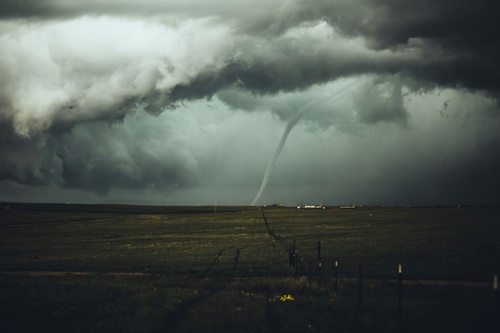Natural disasters—whether hurricanes, wildfires, earthquakes, or floods—leave behind not only physical destruction but also profound emotional and psychological impacts. The aftermath can challenge even the most resilient individuals, making it crucial to understand how these events affect mental health and what steps can be taken toward recovery.
The Emotional Toll
Experiencing a natural disaster can lead to a range of emotional responses, including:
1. Shock and Disbelief: Immediately following a disaster, many people find it hard to process what has happened. This initial shock can manifest as numbness or detachment.
2. Anxiety and Fear: Concerns about safety, future disasters, and the loss of stability can result in heightened anxiety. Survivors may also experience intrusive thoughts or nightmares.
3. Sadness and Grief: The loss of homes, possessions, and even loved ones can trigger profound grief. It’s normal to mourn not only what was lost but also the life that once was.
4. Anger and Frustration: Feelings of helplessness and anger can surface as individuals grapple with their circumstances. This can be directed toward the situation, authorities, or even oneself.
5. Isolation: Survivors may feel isolated from friends and family who don’t understand their experience, leading to further emotional distress.
Recognizing Signs of Distress
It’s important to recognize when these feelings transition into something more serious. Symptoms of post-traumatic stress disorder (PTSD), depression, or anxiety disorders may arise, including:
• Persistent flashbacks or intrusive memories
• Severe mood swings
• Changes in sleep patterns
• Difficulty concentrating
• Withdrawal from social interactions
If these symptoms persist for weeks or months, seeking professional help is vital.
Steps Toward Recovery
While recovery can be a long process, there are several strategies that can help individuals cope and rebuild:
1. Seek Professional Help
Therapists and counselors trained in trauma can provide support tailored to the needs of disaster survivors. Cognitive-behavioral therapy (CBT) and other therapeutic approaches can be particularly effective.
2. Build a Support Network
Connecting with family, friends, and community groups can provide emotional support. Support groups for disaster survivors can foster a sense of belonging and understanding.
3. Practice Self-Care
Engaging in activities that promote physical and mental well-being is crucial. This might include exercise, meditation, or hobbies that bring joy. Maintaining a routine can also provide a sense of normalcy.
4. Stay Informed, but Limit Media Exposure
While it’s important to stay informed about recovery efforts, constant exposure to news about the disaster can exacerbate anxiety. Set boundaries around media consumption to protect mental health.
5. Acknowledge and Express Feelings
Journaling, art, or simply talking about feelings can help individuals process their emotions. Validating one’s experiences and feelings is an essential part of healing.
6. Focus on What You Can Control
In the aftermath of a disaster, many factors are beyond control. Focusing on small, achievable goals can foster a sense of empowerment and stability.
Conclusion
The journey to recovery after a natural disaster is complex and varies for each individual. Recognizing the emotional toll and seeking support are critical steps in the healing process. By taking proactive measures and fostering resilience, survivors can begin to rebuild their lives, not just physically, but mentally and emotionally as well.
Understanding that it’s okay to seek help and that recovery is a gradual process can pave the way for healing and renewed hope in the wake of devastation.


